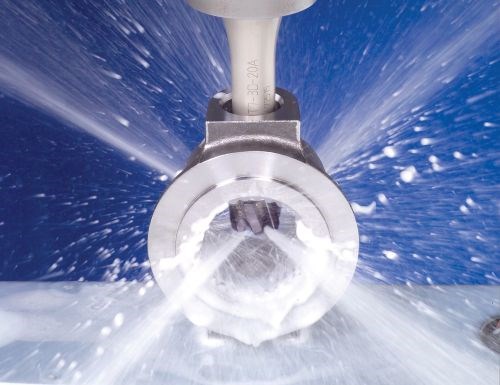Published
The Low Cost of a High-Price Tool
Sometimes a low purchase price doesn't mean that the total cost is also low.
Share





What costs more, a $5 insert or a $200 insert? Based on the purchase-price information alone, no one can answer this. We need more information. Shops that try to economize on tooling by relying solely on these unit costs are deluding themselves because the total cost of a given tool consists of far more than this price. Tool life and the tool’s impact on cycle time are two factors that can have a significant impact on the actual cost of the tool. There are others, as well.
In one hole-making application, a $200 insert was cheaper than a $5 one. Click here to see why—the numbers account for the savings. Then there is this analysis of composites machining, in which a $1,800 end mill was the cheapest tool.






















